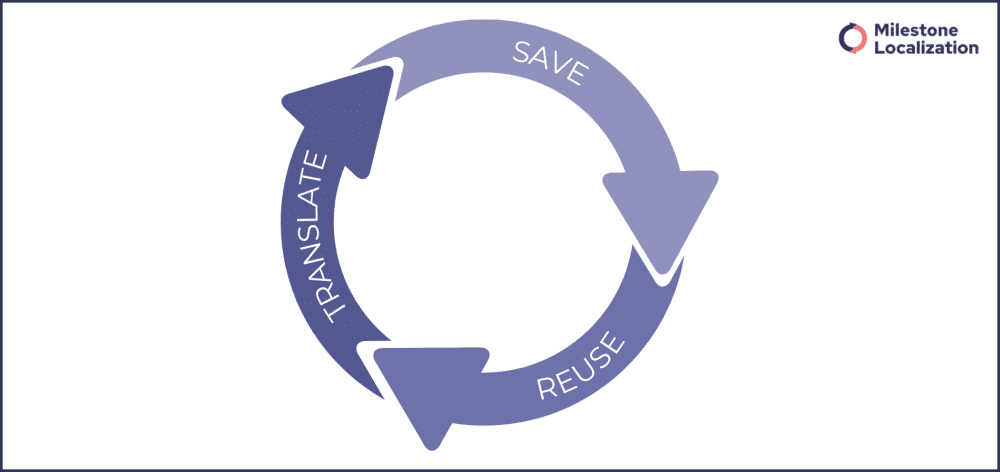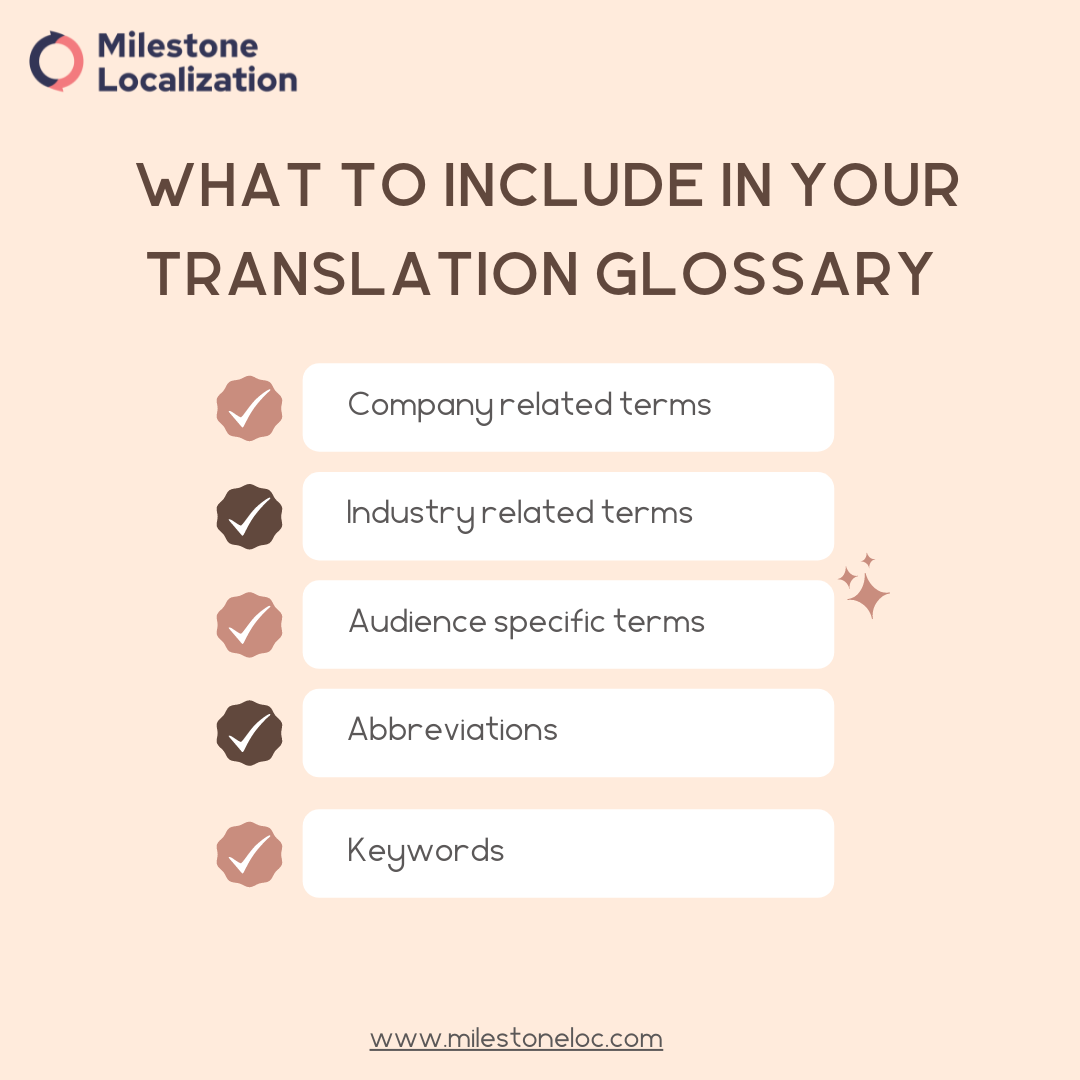Medical document translation is one of the oldest and most universal forms of scientific translation. After all, human anatomy and physiology are pretty much the same in every part of the world.
Although translation might not occupy a central position in medicine, it plays a crucial role in a wide array of knowledge mediation areas.
Amongst them, medical document translation allows us to communicate new scientific findings and medical devices.
It also ensures that patients with foreign-language electronic medical records and medical software receive proper care in a new country.
The fast rise of multiculturalism and globalization has made medical translation today more critical than ever.
According to the Center for Immigration Studies, nearly 1 out of 10 adults have limited English language proficiency in the United States alone.
That accounts for approximately 25 million people who will need medical translation and interpretation at some point or another.
However, quality control in medical document translation is just as critical as the availability of translation services.
Get Your Medical Documents Translated By Expert medical translators
Milestone helps you seamlessly translate your medical documents into 70+ languages with quality and accuracy.
5 simple steps for quality assurance in medical document transltion
Handling medical documents is a difficult job that leaves no room for mistakes. In extreme cases, people’s lives could be jeopardized, as even the slightest error might trigger severe clinical consequences.
For instance, an error in the translation of a knee prosthesis’s source language caused their incorrect placement in 47 German patients in the mid-2000s.
In this particular case, patients suffered from a basic error involving just two words that were critical for the procedure.
But worry no more. Here are 5 tips for quality assurance in medical document translation:

Also read: ICF Translation: Importance, Requirements & Best Practices
Create a Team with Clear Responsibilities

Think of medical document translation as more of a choir than a solo performance.
The reason behind this is to ensure a quality management chain that reduces the risk of errors.
Every company looking to provide medical or life science translations should create a team consisting of:
- Translators: these are the ones who perform the initial translation. Usually, one to four translators are enough, depending on the size of the project.
- Editors: the editor verifies the quality of the translation and resolves terminological disagreements among translators. They are also in charge of style usage and updating the style sheet, translation memory, and glossary.
- Proofreaders: proofreaders assemble the translated fragments of a project into a whole document, re-insert graphics and verify the correctness of numerical transcriptions.
Their primary role is to ensure that the document reads as well in the translated version, as the source text.
- Project Managers: these are the ones in charge of forming the medical translation team and are responsible for the timely delivery of the projects.
Hire Translators with Medical Document Translation Experience

Like any other specialized translation, medical document translation requires people with actual medical training and experience.
An ideal medical translator should either be a physician or someone with a strong health or life science background to reduce errors.
Consider the phrase ‘potassium channel blocker’ as a good example.
A translator without a medical background doesn’t know if it means that potassium is a channel blocker or refers to a blocker of potassium channels.
Also Read: The Right Way To Do Medical Translation
Any physician would immediately recognize that it’s referring to a class III antiarrhythmic drug that blocks potassium channels.
In addition, medical translators should also be able to prove proficiency in both source and target languages.
Usually, formal college-level education in the language pair is enough; however, medical translation and interpretation are highly regulated professions in some countries and could require proper certification.
Use Translation Memory Tools

Translation Memory is a type of database tool that monitors the real-time progress of translation while also storing each linguistic unit within a project.
Whenever that linguistic unit (sentence, phrase, or paragraph) re-occurs, the Translation Memory tool notifies translators and allows them to insert the stored translation.
Also Read: CAT Tool -Features & Benefits- Why Every LSP & Translator Should Use One
TM tools’ main benefits include increasing translator productivity, reducing the risk of errors, and ensuring consistency as the terminology is kept identical throughout the project’s numerous edits and revisions.
Medical document translation distinctively benefits from these tools as medical terminology can often be repetitive, confusing, and interpreted differently.
Try Client-Specific Glossaries for Medical Document Translation
One of the biggest challenges for medical document translation is maintaining consistency.
Healthcare data mining techniques like natural language processing can help analyze terminology usage across corpora to inform standardized glossaries. Since there are usually two or three ways to name or refer to most diseases and procedures, inconsistent terminology is unfortunately the law of the land.
Even the most qualified translators in the business don’t always agree on the perfect translation for every term.
While most of the time several options for a medical term can be valid, switching between alternative styles can be confusing for the reader.
This is where creating client-specific glossaries can come in very handy.
Client-specific glossaries of terms are usually built by translation teams to ensure all future translations use the same style and terminology.
They consist of a list of terms commonly found in the client’s source texts and their respective translation consensus.
Editors and proofreaders are generally the ones in charge of maintaining and enforcing these glossaries.
Contrast Information with Online Resources

Medical translators could be asked to work on a wide range of documents. Some of these could include medical reports, clinical trial protocols, technical product sheets, informed consent forms, laboratory results, etc.
As you can see, none of these texts are simple and feasible for most people. In fact, medical vocabulary is so extensive that even certified physicians often struggle from time to time.
For this reason, it is essential to have resources that help translate these documents in the best possible way.
The following resources can be extremely useful for contrasting information in source texts and consulting medical terminology:
- Vademecum: this is the perfect place for searching for information regarding a pharmaceutical compound.
- Termiumplus: the Canadian Government terminology database that includes medicine and healthcare. You will be able to find millions of terms in English, Spanish, Portuguese, and French.
- Multilingual Medical Glossary: this is a medical glossary produced by the Heymans Pharmacology Institute at the University of Ghent. Here, you’ll be able to find medical terms in nine European languages, including Spanish and English.
Conclusion
Medical document translation is a crucial and common resource in this increasingly globalized society.
Maintaining quality in medical translations is a life-saving endeavour most translators should bear in mind.
However, establishing an organized and systematic quality control chain with prepared individuals is the key to achieving success.
Once you get that in order, the use of Translation Memory tools and Online resources is just an extra boost that will increase your productivity and lower your risk of errors.
For professional medical document translation, get in touch.
ARE YOU LOOKING FOR PROFESSIONAL MEDICAL DOCUMENT TRANSLATIONs?
Milestone helps you seamlessly translate your medical documents into 70+ languages with quality and accuracy.






